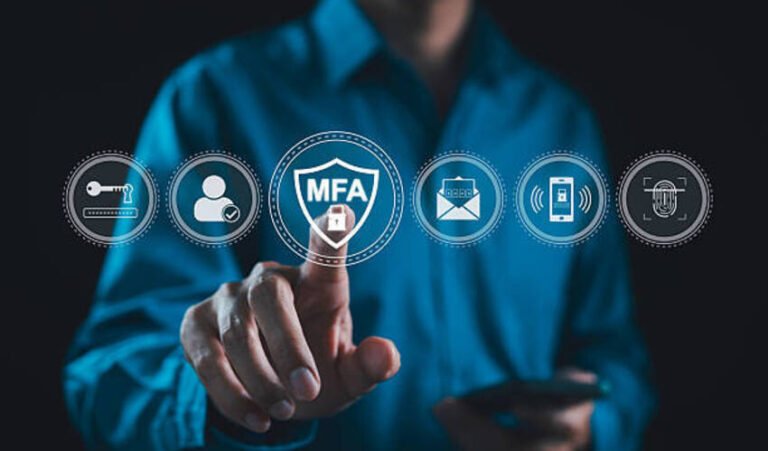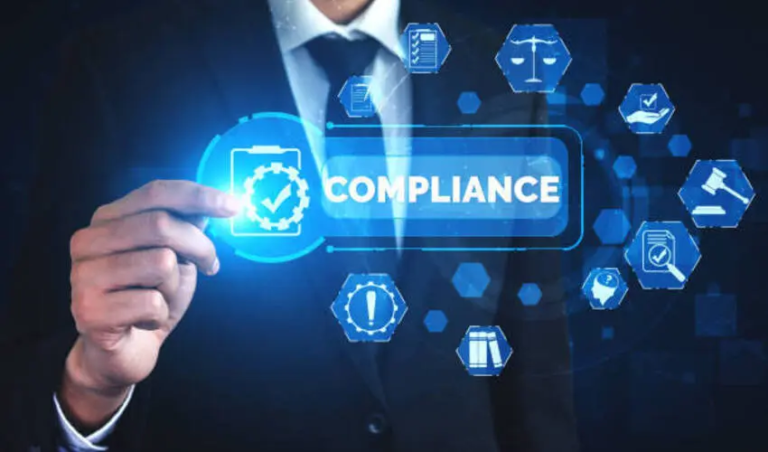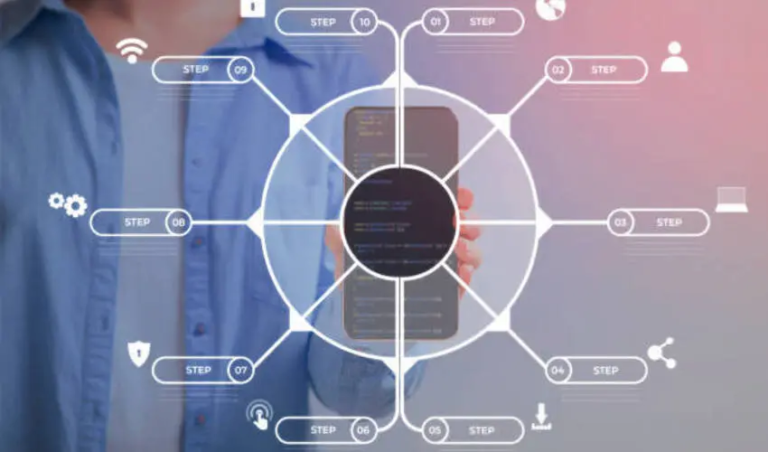Multi-factor authentication (MFA) is the new first line of defense against account hijacking. By requiring users to authenticate themselves on different factors like password+MFA push, it no doubt brings down the risk of unauthorized access. But these days, cybercriminals are past that point now. They are working towards overcoming MFA. A common way to do this is by creating an MFA fatigue attack, also known as “MFA bombing” or “push notification spamming.”
Introduction
MFA fatigue attacks exploit the vulnerability of human intervention in the authentication process. After an attacker attains these login credentials (most mostly due to phishing attacks, password leaks, or brute force attacks), they try to log in multiple times, provoking the end user’s device into a deluge of MFA push notifications.
The attacker aims to wreak havoc on the victim’s attention. Distracted with incessant alerts-some received in the dead of night or work hours—the user may eventually grant the request only to stop the harassment. Upon providing the authorization, the attacker gains access to the account and perhaps further into the company network.
Does this tactic work well at all? Yes, and the reason may be that it works on exploiting frustration and distraction rather than technical weaknesses. If an alert pops up on a busy or stressful day, even a tech-savvy employee may feel tempted to click Accept.
Simple Steps to Protect Accounts and Employees
Fortunately, many simple measures can help defend against this kind of attack targeting MFA fatigue.
Use Number Matching or Verification Codes
Do not use the simple prompt “Approve/Deny”; instead, consider enabling number matching or requiring users to enter a code visible on the login screen into the MFA app. This method of approval ensures intent.
Employee Awareness
Regularly train staff to enable them to recognize suspicious login requests. Encourage denying unexpected prompts and reporting any repetitive notifications straight away.
Limit Push Notifications
Some authentication platforms allow restricting push notifications, such as through rate limiting or temporary account lockouts after multiple failed attempts. Implementing these options helps ensure that attackers cannot spam users.
Adopt Phishing-Resistant MFA
Ensure stronger means like hardware security keys, such as FIDO2 or YubiKeys or biometrics, since the fewer push notifications are relied on, the less effective fatigue attacks will be.
Observe and react instantly
IT technologies should watch for unusual logins and MFA collections and respond quickly to the suspicious behavior of an employee. Rapid response can often prevent the attacker’s escalation following the report.
Conclusion
The attacks by MFA fatigue are a strong reminder that one need not think of cybersafety as purely technological; it has to have a human dimension as well. Organizations can stop adversaries from compromising their security control systems and converting them into weakness by bringing up more clever configurations of MFA, raising awareness among the employees, and implementing stronger methods of authentication.
Frequently Asked Questions (FAQs)
What is meant by MFA?
MFA stands for multi-factor authentication. It is the new first line of defense against account hijacking. By requiring users to authenticate themselves on different factors like password+MFA push, it no doubt brings down the risk of unauthorized access. But these days, cybercriminals are past that point now. They are working towards overcoming MFA. A common way to do this is by creating an MFA fatigue attack, also known as “MFA bombing” or “push notification spamming.”
What are some steps to protect employees and accounts?
- Use Number Matching or Verification Codes
- Employee Awareness
- Limit Push Notifications
- Adopt Phishing-Resistant MFA
- Observe and react instantly






